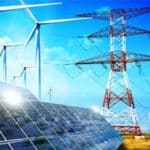
The ability of a renewable energy system to withstand high voltage disturbances and transients, a concept known as High Voltage Ride Through (HVRT), has emerged as a critical factor in ensuring the reliability and efficiency of solar power maintaining the stability of the power grid
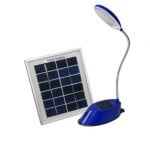
Pico solar systems use small scale photovoltaic panels for lighting and battery charging applications. There are still many people around the world who have no access to an electricity grid connection or require a portable energy source for camping or RV’s so pico solar systems can help in provide the essential energy required to fill this gap. Pico solar systems of only a few watts have experienced significant development in the past few years, combining very efficient LED bulbs with sophisticated charge controllers and energy efficient storage batteries providing power for lighting, phone charging or powering a radio, etc.
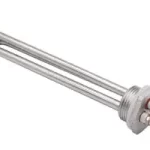
DC Water Heating elements can be used to heated up water with DC electricty from a PV panel or array. Low voltage resistive heating elements are available in a range of voltages and wattage ratings for off-grid applications ranging from a few hundred watts to many kilo-watts
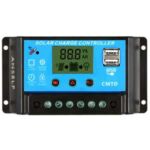
Charge controllers ensure a longer battery lifespan by preventing the connected batteries from over or under charging. Solar battery charge controllers are connected between the energy source, either photovoltaic solar panels, wind turbines, or even hydro generators and a battery bank. Connecting these renewable energy devices directly to a battery or array of batteries could result in them not being able to recharge the batteries to their full capacity or the batteries will be continually cycled between partially charged and a discharged state which will eventually destroy a lead-acid battery. Charge controllers provide a constant charging voltage preventing these battery failures
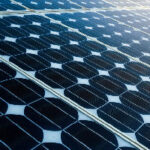
Photovoltaic solar panels can be connected in parallel to increase the current and therefore power output of a pv array. The current outputs of the panels add together but the panel voltages must be the same for maximum array efficiency. Connecting solar pv panels together of different voltage ratings is not recommended.
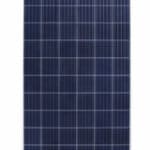
Photovoltaic solar panels require sunlight (irradiance) to generate power so understanding how to connect solar panels in series strings is important. Not everyone can purchase the same model solar panel so wiring different wattage solar panels in series will increase the voltage but reduce the current and power output. Series connected photovoltaic panels can be used to charge batteries, operate motors, or to power any number of electrical loads as the output voltage is higher compared to a single panel
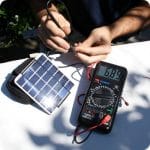
Measuring the output power of a solar panel, cell or array gives a better understanding of the systems power performance. One of the main disadvantages of solar panels as a renewable energy device is their lack of output power when there is no sun. The performance of photovoltaic solar panels can be determined by measuring the relationship between the panels voltage, current, and therefore power output under different meteorological conditions to determine the exact amount of electrical power available from a particular solar panel
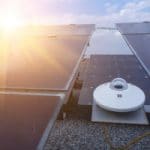
Solar Irradiance describes the total amount of sunlight per square meter that is available at any particular location on the Earth’s surface and is a major part in estimating the solar irradiation at a particular point required to design a sustainable energy system using photovoltaic solar panels. The performance of a solar photovoltaic panel depends on many factors, but the amount of solar irradiance in peak sun-hours during the day that the solar panels receive during the day is of major importance

Understanding batteries and how we can use them in an off-grid or stand alone photovoltaic storage system is important for ensuring a long service life. Batteries convert chemical energy into electrical energy and vice versa, so deciding on what battery to use, or how many batteries you will need, depends on the power and capacity requirements of your solar energy application as well as what kind of deep-discharge and recharge cycling rate the batteries will be subjected to.
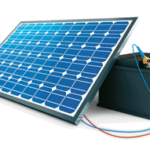
DIY solar power systems do not have to be large home built constructions as there are plently of plug ‘n’ play home solar kits available for all sorts of applications. Designing your diy solar power kit or system requires you to make a few decisions first, such as, do I want a grid-connected or an off-grid connected system, do I want or need storage batteries as part of my system, and what are my energy requirements or daily consumption. Making solar generation from a diy kit a reality helps reduce the amount of electricity you pull from the utility grid